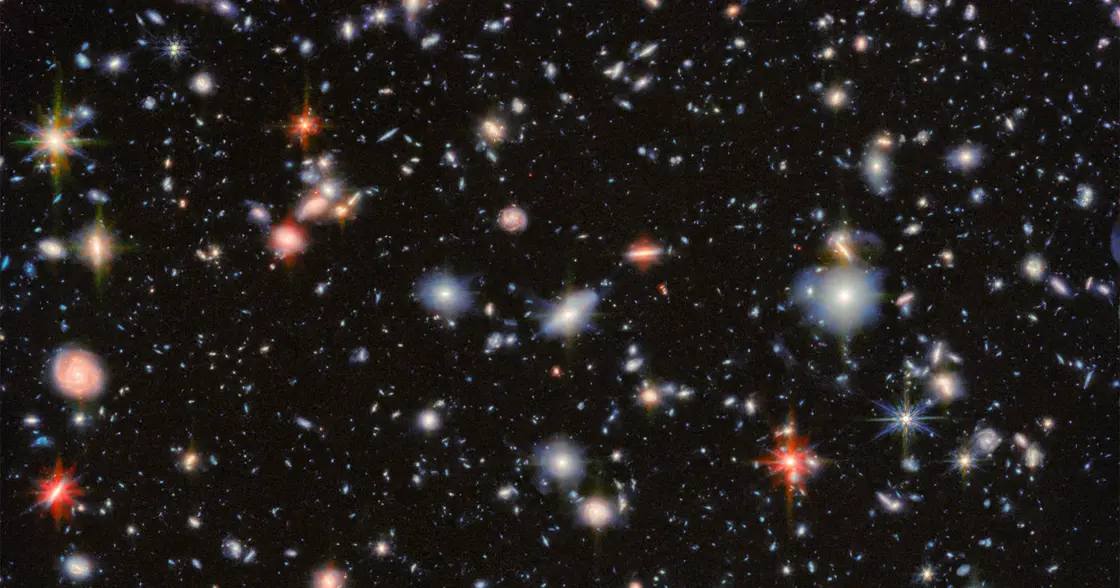T4K3.news
Ancient Patagonian Sauropod Expands Rebbachisaurid Diversity
A 95 million year old dinosaur fossil found in Patagonia provides new anatomical details of a rebbachisaurid
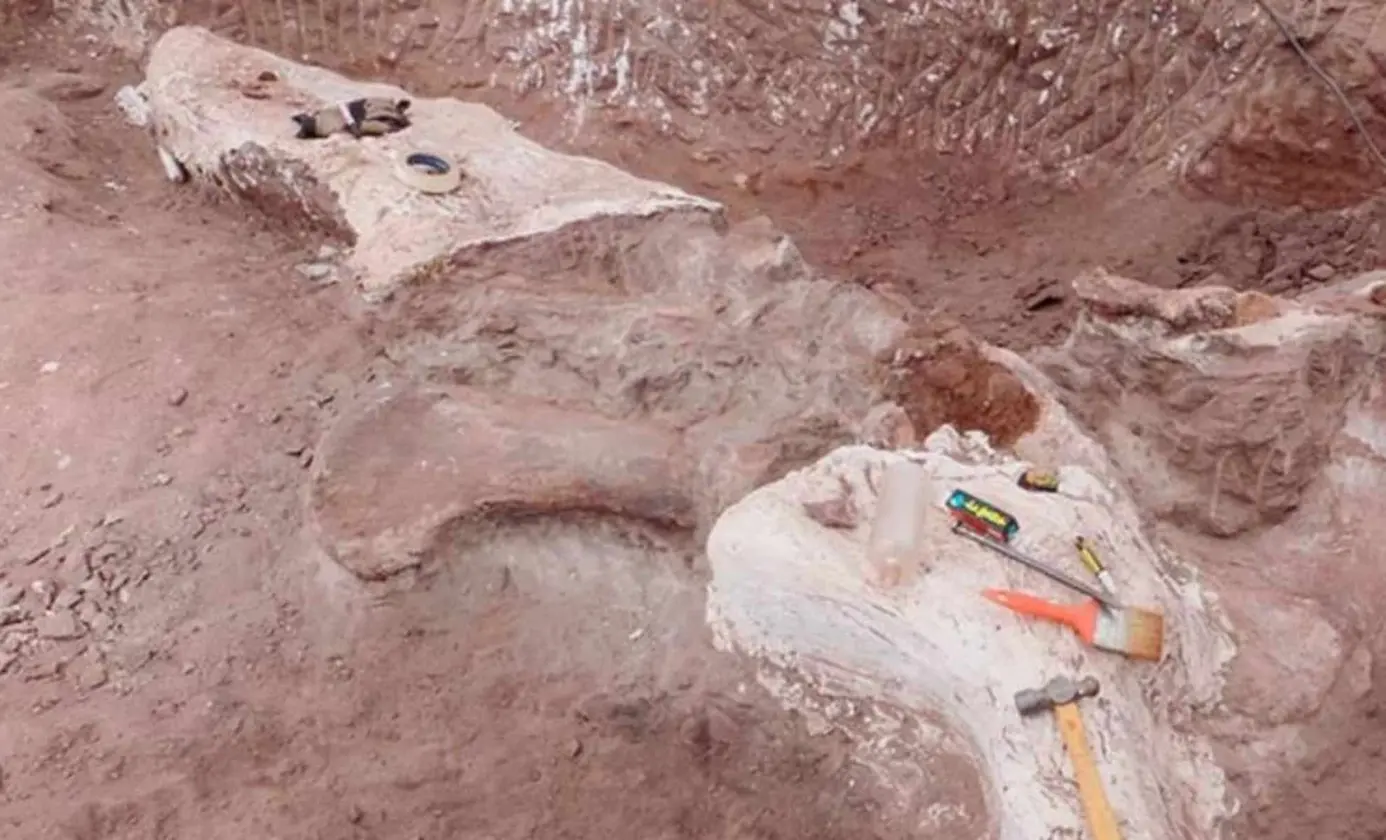
A 95 million year old dinosaur fossil found in Patagonia adds new details to the rebbachisaurid family.
Ancient Patagonian Sauropod Expands Rebbachisaurid Diversity
In Patagonia’s Huincul Formation, researchers describe a new sauropod species named Astigmasaura genuflexa. The fossil comes from a 2017 oil exploration site at El Orejano and preserves the posterior portion of an articulated skeleton, including 20 caudal vertebrae and parts of the pelvis and hind limbs. The full animal would have been about 60 feet long and weighed more than ten tons, placing it among the last rebbachisaurids before their decline around 90 million years ago. The river current that carried the animal’s front half away left the hindquarters intact, buried under sediment and gypsum for tens of millions of years. The specimen is considered morphologically adult and represents a rare, nearly complete hindquarter in this family.
The authors note that this is the first time paleontologists have recovered the hindquarters of a rebbachisaurid, a finding made possible by five field campaigns and careful lab work to preserve large bones for transport. The discovery was published in Cretaceous Research and helps fill gaps about the caudal and pelvic girdle anatomy of Rebbachisauridae, which is poorly known today. It also documents a unique combination of features that supports the designation of a new species within a group known to roam Gondwana during the late Cenomanian.
Key Takeaways
"the remains, carried by a low-energy current, became stranded on one of the many sand bars"
describes how the fossil was preserved
"this new record not only provides new morphological information about the caudal and pelvic girdle anatomy of Rebbachisauridae, which is poorly known to date, and suggests a greater taxonomic diversification within the family during the last stages of its evolutionary history than known before"
summarizes the significance of the find
"Patagonia alone has yielded more than half of all known rebbachisaurid fossils"
illustrates regional importance of the site
This find underscores how much of Gondwana’s dinosaur story remains unwritten. The hindquarters provide new anatomical details that can shift how scientists map the lineage and the ecological role of rebbachisaurids in the late Cretaceous. Because the specimen comes from a single individual, researchers will need more fossils to confirm the full range of variation in the group and to understand how these giants fed and moved. Yet even with that caveat, Astigmasaura genuflexa hints at greater taxonomic diversification in the final chapters of this family’s history than previously thought.
The discovery also illustrates a broader pattern: Patagonia remains a pivotal source of dinosaur heritage, illustrating how regional geology and even accidental industry work can spark scientific breakthroughs. While oil exploration funded the dig, the resulting science adds context to Gondwana’s crowded herbivore communities and may guide future digs toward similarly overlooked sites. The study invites museums and universities to prioritize reexamination of other partial skeletons that could reveal more about spine and pelvic anatomy in these long-necked giants.
Highlights
- Patagonia keeps rewriting the dinosaur story
- One bone can unlock a huge chapter of deep time
- Science moves forward one bone at a time
- Patagonia remains the key to Gondwana’s ancient life
More bones may yet change the story of these giants, and tomorrow’s dig could rewrite today’s chapters.
Enjoyed this? Let your friends know!
Related News
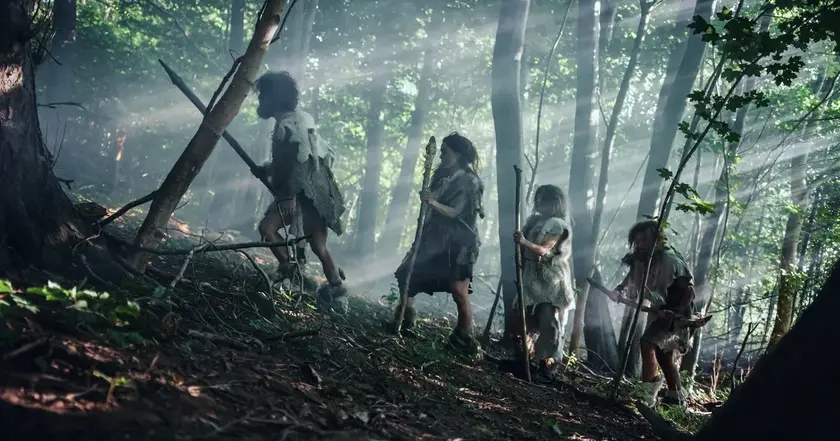
New Theory Rewrites Human Evolution History
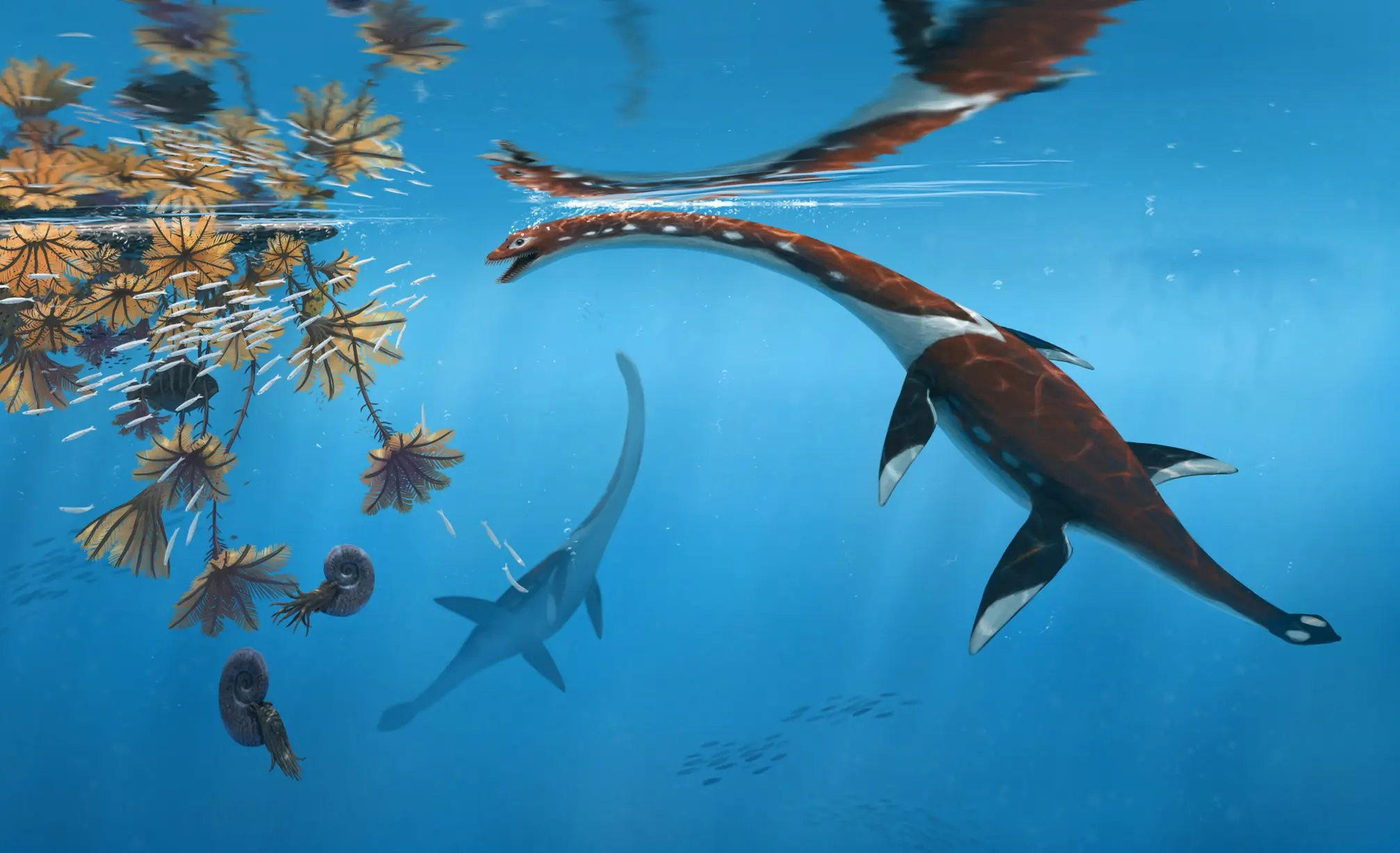
New marine reptile species discovered in Germany

Conch Shell Breathing Shows Promise for Sleep Apnea
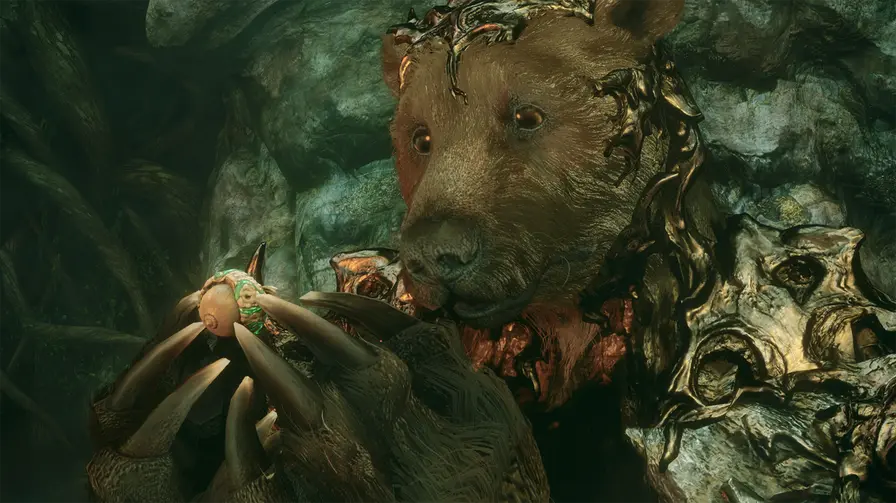
Digital Extremes Unveils Soulframe at TennoCon

Research uncovers potato origins linked to tomatoes
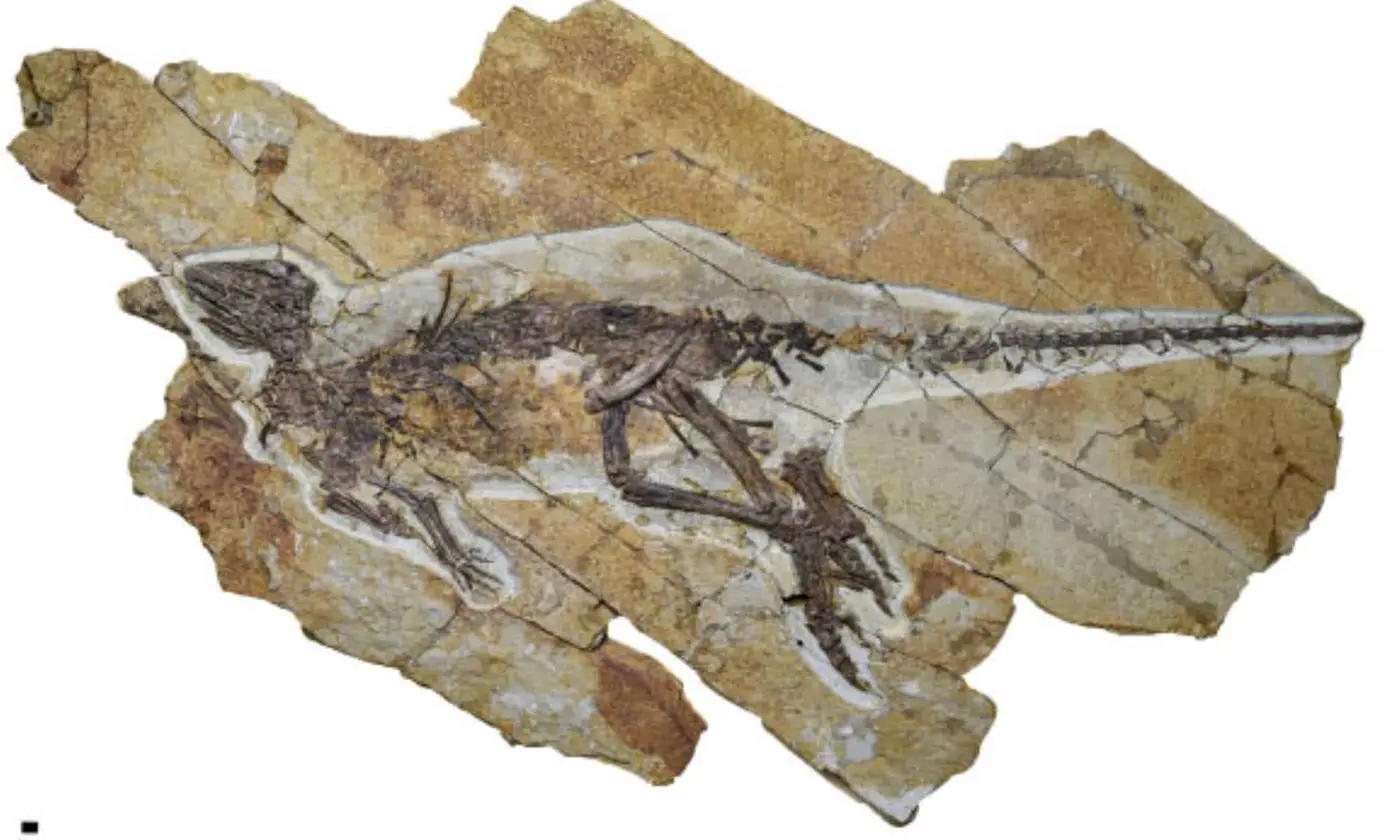
Pulaosaurus Qinglong discovered in China

Global literature shifts

Ancient artifacts reveal Earth's magnetic history
